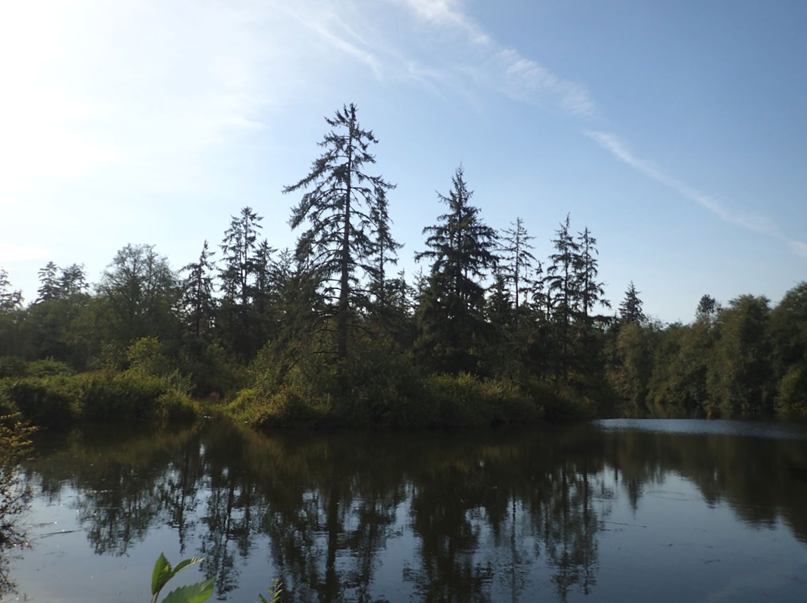
We are evaluating the tradeoffs between gray and green infrastructure approaches for flood risk reduction by applying a cost-benefit analysis framework to two estuaries in the Pacific Northwest that represent a range of fluvial to coastal flood risks. Results will provide communities with actionable information to help them acquire support for coastal resilience projects.
Why We Care
In a previous project, we quantified the anticipated reductions in future estuarine flooding across a range of wetland restoration scenarios for two Pacific Northwest estuaries — Coos Bay, Oregon, and Grays River, Washington. We found that increasing wetland restoration could reduce peak water levels by as much as 10 centimeters, which could significantly reduce flood risk in nearby communities. These results are very promising, yet translating them into actionable management and policy actions is challenging, as there is limited understanding of the potential costs and benefits of different sea level rise mitigation strategies along the green-to-gray management spectrum. Furthermore, these costs and benefits can be variable across different geographic and temporal scales. Our work will address these challenges.
What We Are Doing
We will implement and pair hydrodynamic models with an economic cost-benefit analysis to determine:
- The relative costs and benefits of green (e.g., tidal wetland restoration, living shorelines) versus gray (e.g., levee raising, seawall building) infrastructure options that are designed to reduce future estuarine flooding hazards in two Pacific Northwest estuaries (Figure 1) that experience different drivers of flooding.
- The ecosystem co-benefits of green infrastructure approaches, and how benefits evolve through time and under different sea-level rise scenarios and other environmental drivers.
- How uncertainty in future climate drivers (sea level rise and storm surge) impact the effectiveness of green versus gray infrastructure at reducing future flood damages.
Benefits of Our Work
By understanding the relative costs and benefits of different flood reduction strategies, coastal communities can more easily incorporate and prioritize alternative management scenarios, like green infrastructure, into broader decision-making processes. Project outputs will include actionable information that communities can use when applying for funding for coastal resilience projects (e.g. inundation maps, cost-benefit analysis, ecosystem service evaluation for a range of green-to-gray infrastructure).
The project is led by Dr. Christopher Janousek at Oregon State University, in collaboration with Dr. Matthew Brand at Louisiana State University, Dr. Heida Diefenderfer and Dr. Maggie McKeon at the Pacific Northwest National Laboratory, and Dr. Scott Bridgham (emeritus, University of Oregon), and is funded through the NCCOS Effects of Sea Level Rise (ESLR) Program.

